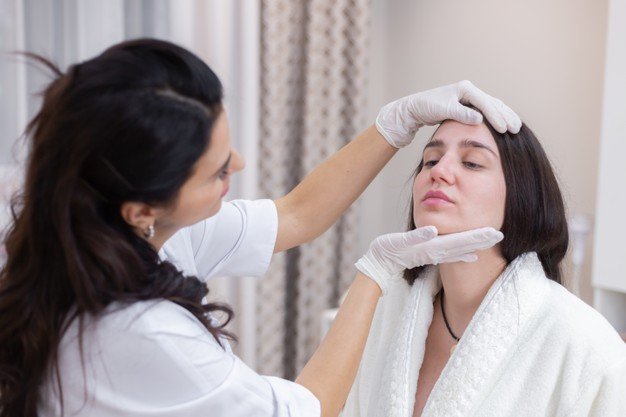Book Appointment Now

Bell’s Palsy Rehabilitation: Navigating the Path to Recovery
Bell’s Palsy is a sudden and often distressing condition that causes temporary facial paralysis or weakness on one side of the face. This condition, which affects the facial nerve, can significantly impact a person’s appearance, speech, and daily activities. While Bell’s Palsy is often self-limiting and most individuals recover fully, rehabilitation can play a crucial role in speeding up recovery and minimizing long-term effects. Here’s an overview of Bell’s Palsy rehabilitation and the strategies used to facilitate recovery.
Understanding Bell’s Palsy
Bell’s Palsy is characterized by sudden onset facial weakness or paralysis, usually affecting only one side of the face. The exact cause of Bell’s Palsy remains unclear, but it is believed to be related to viral infections that cause inflammation of the facial nerve. Symptoms may include drooping of one side of the face, difficulty closing one eye, drooling, and changes in the sense of taste.
Rehabilitation for Bell’s Palsy
The rehabilitation process for Bell’s Palsy aims to restore facial muscle function, alleviate symptoms, and prevent complications. Here are some key components of a comprehensive rehabilitation program:
- Facial Exercises: One of the most effective ways to recover from Bell’s Palsy is through targeted facial exercises. These exercises help improve muscle strength, coordination, and symmetry. Patients may be guided to practice facial movements such as raising the eyebrows, closing the eyes, smiling, and puckering the lips. Consistent practice of these exercises can aid in regaining facial control and reducing asymmetry.
- Massage Therapy: Gentle facial massage can help improve circulation and reduce muscle stiffness. A trained therapist can demonstrate techniques to massage the affected side of the face, promoting relaxation and aiding in muscle recovery.
- Electrical Stimulation: In some cases, electrical stimulation therapy may be used to help activate facial muscles and improve function. This technique involves applying small electrical currents to the facial muscles to stimulate contractions and enhance muscle strength.
- Thermal Therapy: Applying warmth to the affected area can help relieve muscle tension and pain. Heat therapy, such as warm compresses, can be used to soothe the facial muscles and promote relaxation.
- Speech Therapy: For individuals experiencing difficulties with speech due to facial weakness, speech-language pathologists can provide exercises and strategies to improve articulation and clarity. Speech therapy can also address issues with swallowing if they arise.
- Eye Care: Since Bell’s Palsy can affect the ability to close one eye completely, it’s important to take measures to protect the eye from dryness and irritation. Using artificial tears, wearing an eye patch, and avoiding exposure to wind and dust can help keep the eye comfortable and prevent complications.
- Psychological Support: The sudden onset of facial paralysis can be emotionally challenging. Counseling or support groups can help individuals cope with the psychological impact of Bell’s Palsy, offering strategies for managing stress and maintaining a positive outlook.
The Recovery Journey
The majority of individuals with Bell’s Palsy experience significant improvement within a few weeks to months, with many achieving full recovery. However, recovery times can vary, and some individuals may continue to experience mild residual effects. Consistent adherence to rehabilitation strategies and following the guidance of healthcare professionals can enhance the likelihood of a positive outcome.
Conclusion
Bell’s Palsy rehabilitation is a crucial part of the recovery process, aimed at restoring facial function, alleviating symptoms, and improving overall quality of life. By incorporating facial exercises, massage therapy, electrical stimulation, and other supportive measures, individuals with Bell’s Palsy can navigate their path to recovery with greater ease. With patience, persistence, and professional guidance, most individuals can look forward to regaining facial strength and achieving a full recovery.


